Lee DE Forest.org

The de Forest method for writing the sound track on the film using modulated light was his final invention of significance. Working with fellow inventor Theodore Case, de Forest first became interested in sound for film as early as 1913. The idea for his patented system he called Phonofilm began in 1918 as a drawing, below. Many patents resulted. As with previous inventions, he began with the “talking arc” as a light source for his variable density sound track.
The science of optical sound-on-film can be traced to the Nineteenth Century work of A.G. Bell and Ernst Ruhmer. But the practical realization by de Forest and others had to wait until the Audion amplifier, the microphone and loud speaker were improved before audiences would embrace sound movies. You can watch several of the Phonofilms on the de Forest Facebook page
De Forest made hundreds of short films and screened them in theaters, formed a company, sold stock, but lost it all in court by 1930.

The Phonofilm


Lee de Forest, 1873-1961, was an inventor and scholar who made significant contributions to the science of electronic communications during the first three decades of the Twentieth Century. He held numerous patents on the technology of radio, television and film.
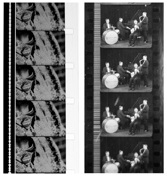
Two ways to record sound on the film. Left, variable area, right, variable density as used by de Forest. Below, the third way, recording the sound on a phonograph record.
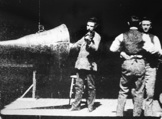
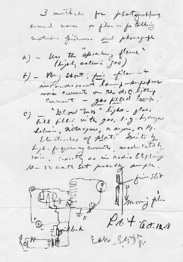
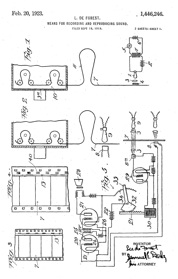
The original plan for sound-on-film using his Audion to record and play back sound is shown in this 1918 drawing on the left. Right, the first of many patents on the de Forest Phonofilm system.
De Forest worked with fellow Yale Alum Theodore Case, below. Case invented two important pieces of the system: a tube that converts sound to a flickering light for writing on film, and a cell that converts the light into sound for playback.
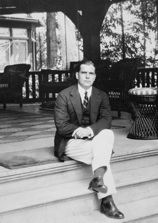
Order now from Amazon.com, "Lee de Forest, King of Radio, Television, and Film" by Mike Adams

Have a question about Lee de Forest? Email the creator of this site, Mike Adams | Contact Jim Reed at History San Jose about the de Forest papers

